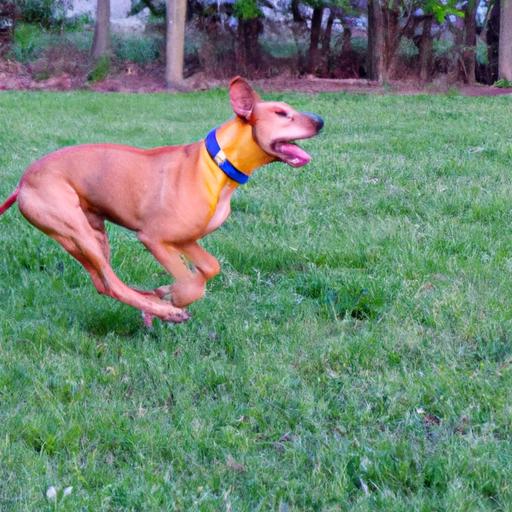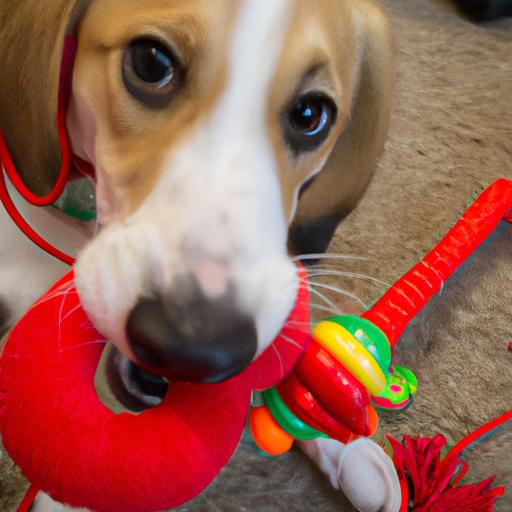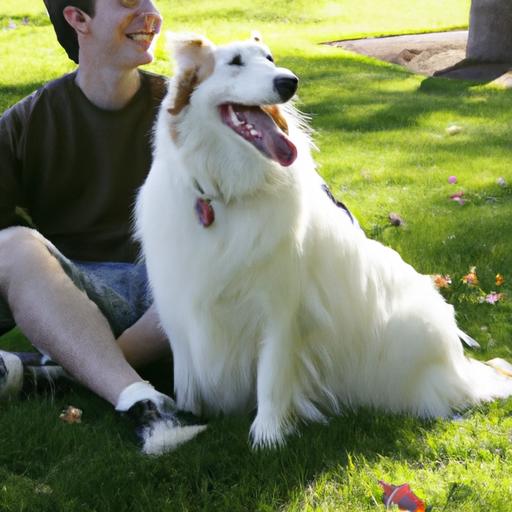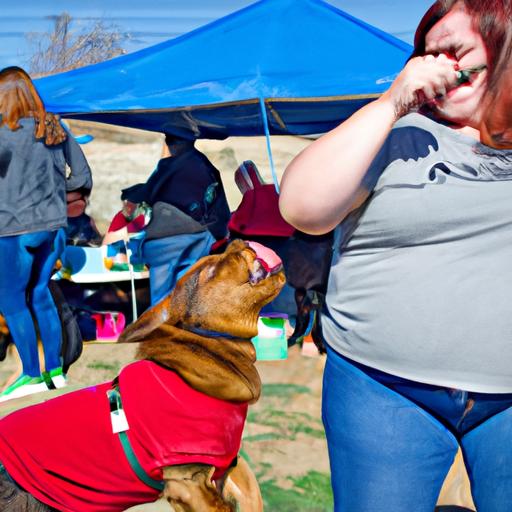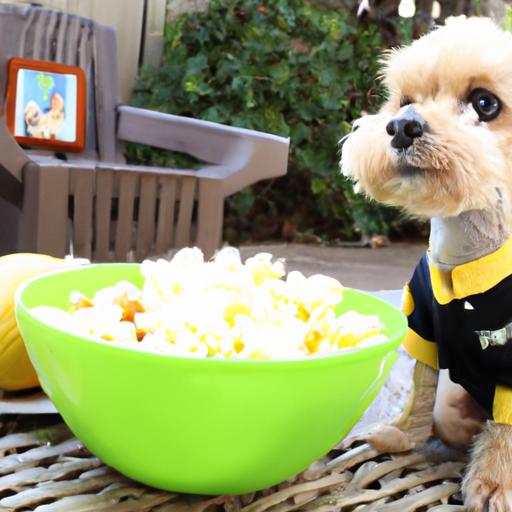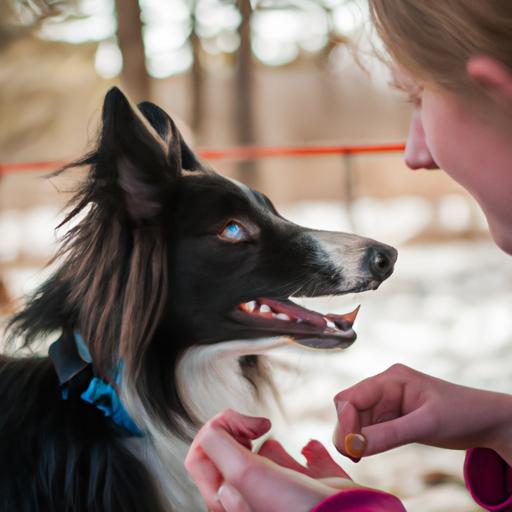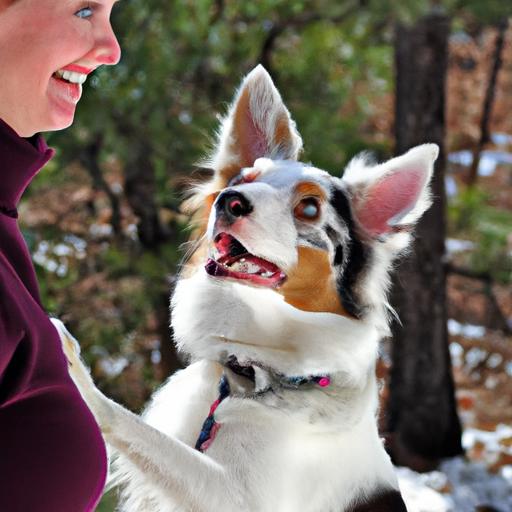
Teaching Your Dog Basic Obedience Commands: A Pathway to a Well-Behaved Companion
Discover the importance of teaching your dog basic obedience commands. Learn effective techniques and FAQs to train your furry friend. Start today!
Introduction
Are you a proud dog owner looking to establish a strong bond with your furry friend? Teaching your dog basic obedience commands is an essential step towards building a harmonious relationship. Not only does it ensure their safety and well-being, but it also brings a myriad of benefits to both you and your canine companion. In this article, we will explore the significance of obedience training and guide you through the process of teaching your dog essential commands.

Teaching Your Dog Basic Obedience Commands
Consistency and Patience: The Key to Success
Consistency and patience are fundamental when it comes to training your dog. Remember, dogs thrive on routine and repetition. By consistently using the same cues and rewards, you establish clear expectations and help them understand what you want them to do. With patience, you can provide your four-legged friend with the time they need to comprehend and execute the commands correctly.
Choosing the Right Training Method
Every dog is unique, and it’s essential to choose a training method that aligns with your dog’s breed, temperament, and learning style. Positive reinforcement, such as rewarding desired behavior with treats or praise, is a widely recommended approach. This method not only motivates your dog but also strengthens the bond between you. Explore different techniques and find the one that works best for you and your furry friend.
Foundational Commands: Sit, Stay, and Come
Building a solid obedience foundation begins with teaching your dog the core commands: sit, stay, and come. These commands not only enhance their safety but also establish your position as the leader. Start with sit, as it is relatively easy to teach. Once your dog masters sit, introduce stay and come. Remember to break down each command into small, manageable steps, rewarding your dog’s progress along the way.
The Power of Positive Reinforcement
Positive reinforcement is a powerful tool in dog training. By rewarding your dog’s good behavior with treats, praise, or play, you create an environment that fosters learning and cooperation. Positive reinforcement strengthens the desired behavior, making it more likely to be repeated. Remember, dogs are eager to please, and by rewarding their efforts, you motivate them to continue learning and obeying commands.
Frequently Asked Questions (FAQ)
What age is best to start training a dog?
It’s never too early to start training your dog! Puppies are like sponges, absorbing information from their surroundings. Begin training as soon as you bring your new furry friend home. However, keep in mind that puppies have shorter attention spans, so keep the training sessions short, frequent, and engaging.
How long does it take to teach a dog basic obedience commands?
The time it takes to teach your dog basic obedience commands can vary. It depends on various factors, such as your dog’s breed, age, and individual temperament. Some dogs may grasp the commands quickly, while others may require more time and repetition. Remember to be patient and consistent, and celebrate small victories along the way.
Can older dogs be trained?
Absolutely! While it may take a bit more time and effort, older dogs can learn new tricks. The key is to adapt your training approach to suit their age and physical abilities. With love, patience, and positive reinforcement, you can teach your older dog basic obedience commands and strengthen your bond.
What should I do if my dog is not responding to the commands?
If your dog is not responding to commands, it’s essential to assess the situation. First, check if there are any underlying medical issues causing discomfort or hindering their ability to learn. If your dog is physically healthy, evaluate your training techniques. Consider seeking guidance from a professional dog trainer who can provide personalized advice and support tailored to your dog’s needs.
Conclusion
Teaching your dog basic obedience commands is a journey that fosters a strong bond and enriches both your lives. By investing time and effort into training, you create a safe and harmonious environment for your four-legged friend. Remember to be consistent, patient, and utilize positive reinforcement techniques. As you embark on this exciting endeavor, embrace the joy of watching your dog learn and grow into a well-behaved and happy companion.
So, are you ready to embark on this rewarding adventure with your furry friend? Start teaching your dog basic obedience commands today and unlock the endless possibilities of a well-trained canine companion.
Note: Explore more relevant resources on positive canine experiences with strangers, teaching your dog to enjoy water activities, and understanding canine resource sharing for further insights.
